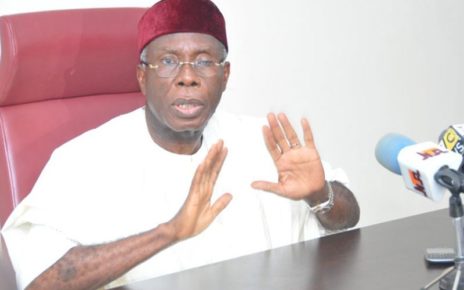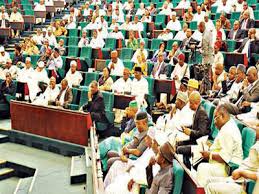Brent crude oil price rose to near highest since November 2014 on Monday, driven by concern about a supply crunch once U.S. sanctions against Iran come into force next month.
A news report by Reuters indicated that December Brent futures LCOc1 were last up 45 cents at $83.18 a barrel by 1343 GMT, having touching their highest in almost four years at $83.32. U.S. light crude futures CLc1 were up 17 cents at $73.42.
Commenting, PVM Oil Associates strategist, Stephen Brennock, said: “Iran has attempted to downplay the impact of looming U.S. sanctions by claiming that it has no intention of reducing oil production. However, such optimistic claims are falling on deaf ears.”
Reuters reported that investors had indicated that they see prices rising, loading up on options that give the holder the right to buy Brent at $90 by the end of October.
This is even as open interest in call options at $90 has risen by nearly 12,000 lots in the past week to 38,000 lots, or 38 million barrels.
The analysts projected further that higher oil prices and dollar strength, which has battered the currencies of several big crude importers, could hit demand growth next year.
But for now the focus is U.S. sanctions on Iran’s energy industry, which come into force on Nov. 4 and are designed to cut crude exports from the third-biggest producer in the Organization of the Petroleum Exporting Countries.
Several major buyers in India and China have signalled that they will cut purchases of Iranian oil. China’s Sinopec (600028.SS) said it had halved loadings of Iranian oil in September.
In his remarks, Emirates NBD analyst, Edward Bell, wrote in a note that “if Chinese refiners do comply with U.S. sanctions more fully than expected, then the market balance is likely to tighten even more aggressively,”.
Hedge funds have increased bets on a further price rise. Exchange data shows the combined net long position in Brent and U.S. light crude futures and options at its largest since late July, equivalent to about 850 million barrels.
Meanwhile, the U.S. President, Donald Trump, had on Saturday told the Saudi King on ways to maintain sufficient supply.
Commenting, head of trading for Asia-Pacific at futures brokerage Oanda in Singapore Stephen Innes, noted: “Even if they (Saudi Arabia) wanted to bend to President Trump’s wishes, how much spare capacity does the kingdom have?”
He pointed out that with about 1.5 million barrels per day of Iranian oil expected to go offline on Nov. 4, prices could “rocket higher with the flashy $100 per barrel price tag indeed a reasonable-sounding target” if investors doubted the Saudis’ ability to respond with enough extra output.




